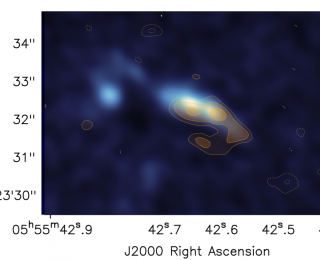
Catching Galactic Recycling In The Act
This little galaxy is churning out the ingredients necessary for planets and life at a frantic pace. New observations reveal the sharpest view yet of this cycle of gas and stardust.

This little galaxy is churning out the ingredients necessary for planets and life at a frantic pace. New observations reveal the sharpest view yet of this cycle of gas and stardust.
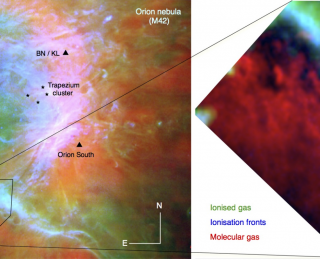
High resolution observations of the Orion Nebula show a complex collision between two extreme types of gas.
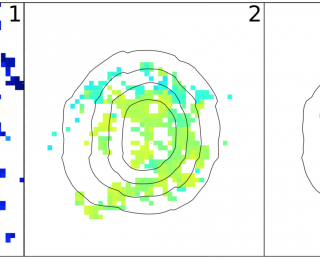
In the Triangulum Galaxy, over the course of a hundred thousand years, three supernova exploded from the same star cluster. The remains of these explosions have expanded into a trio of giant bubbles nested within each other.
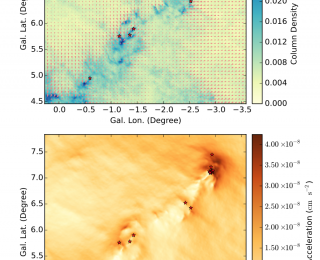
Gravity turns gas into stars. Today’s astrobite introduces a new way to study gravity’s pull in a molecular cloud – the birthplace of new stars.
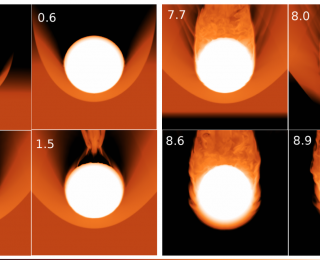
Red giant stars are bright enough to see at the center of our galaxy, but they are missing. A new study puts stars in a wind tunnel to explore a possible way to dim the lights.